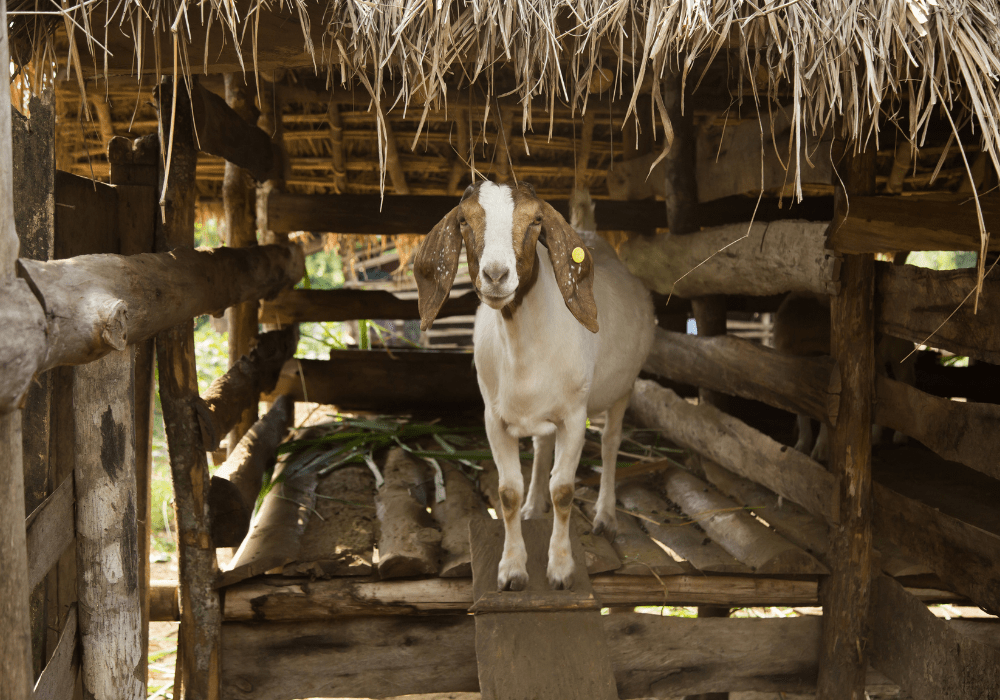
An anthrax outbreak in Kyotera District, Uganda, resulted in 17 fatalities this past November. The outbreak, initially referred to as a “strange disease” by residents, was confirmed by Dr. Edward Muwanga, the Kyotera District Health Officer. The deadly bacteria, Bacillus anthracis, is believed to have infected humans through contact with contaminated animal products or infected animals.
On November 23, blood samples from three victims in Kyamayembe Village tested positive for anthrax at the Uganda Virus Research Institute (UVRI). The confirmation prompted health officials to warn residents against consuming meat from dead animals or inadequately cooked meat.
The chairperson of Kabira Sub-county, Mr. Richard Kalanzi, reported three additional fatalities, bringing the death toll to 17, with 28 confirmed cases. A team from the World Health Organization (WHO) joined district officials in Kyamayembe Village to educate residents on preventing anthrax. Dr. Chris Open, an anthropologist from the WHO, emphasized that the disease was a bacterial infection requiring medical attention, and is not linked to witchcraft, as some believed to be the case.
Dr. Emax Kintu, the Kyotera District health educator, stressed the importance of early diagnosis and proper treatment adherence for anthrax. Prevention measures include avoiding contact with diseased and dead animals, proper disposal of carcasses, hides, and skins, and community members disseminating correct information.
The anthrax outbreak follows a mysterious illness in July last year, termed cellulitis, which claimed 13 lives in Kijonjo Parish, Kasasa Sub-county. In September, another incident involved one fatality and over 20 people were admitted to health facilities after consuming suspected contaminated meat.
As the community grapples with the anthrax outbreak, health officials continue to educate residents on the importance of seeking medical attention promptly and adhering to preventive measures.
By Maya Caple
